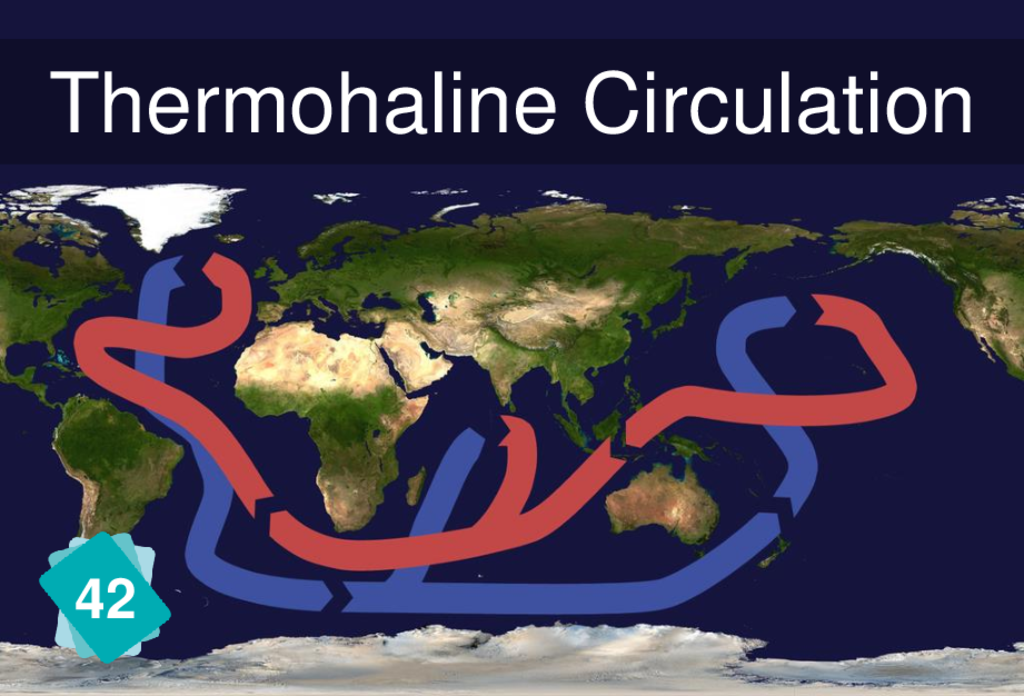En-en adult card 42 methane hydrates: Difference between revisions
m (Minor correction) |
X4resilience (talk | contribs) m (lower case collage to refer to the english noun) |
||
| Line 6: | Line 6: | ||
== Explanation == | == Explanation == | ||
The two last cards to be added to the | The two last cards to be added to the collage after card 40 are potentially violent feedback loops or "climate bombs" which, if triggered, would cause us to lose control over the climate for good. | ||
Thermokarst are veritable bioreactors at the heart of the process of releasing frozen carbon: when the permafrost thaws, pieces of soil detach and fall into the water, bringing nutrients and carbon to the bacteria and plankton present in the sea, which degrade them into CO<sub>2</sub> (in the water layers near the surface) and methane (CH<sub>4</sub> -- in the oxygen-deprived bottom). | Thermokarst are veritable bioreactors at the heart of the process of releasing frozen carbon: when the permafrost thaws, pieces of soil detach and fall into the water, bringing nutrients and carbon to the bacteria and plankton present in the sea, which degrade them into CO<sub>2</sub> (in the water layers near the surface) and methane (CH<sub>4</sub> -- in the oxygen-deprived bottom). | ||
Revision as of 14:56, 7 July 2021
Card #42: Methane Hydrates
| Causes | Consequences | |

|
The Gulf Stream is part of the ocean's thermohaline circulation. It could weaken in response to freshwater input from Greenland's melting ice sheet.
This could disrupt the water cycle even more and reduce the ocean's capacity to absorb more carbon and heat.
Explanation
The two last cards to be added to the collage after card 40 are potentially violent feedback loops or "climate bombs" which, if triggered, would cause us to lose control over the climate for good.
Thermokarst are veritable bioreactors at the heart of the process of releasing frozen carbon: when the permafrost thaws, pieces of soil detach and fall into the water, bringing nutrients and carbon to the bacteria and plankton present in the sea, which degrade them into CO2 (in the water layers near the surface) and methane (CH4 -- in the oxygen-deprived bottom).
Correction
Causes
Consequences
Other possible links
Other causes
Energy budget If we take the idea of energy conservation all the way, we can link the thawing of permafrost and methane hydrates back to the energy budget.